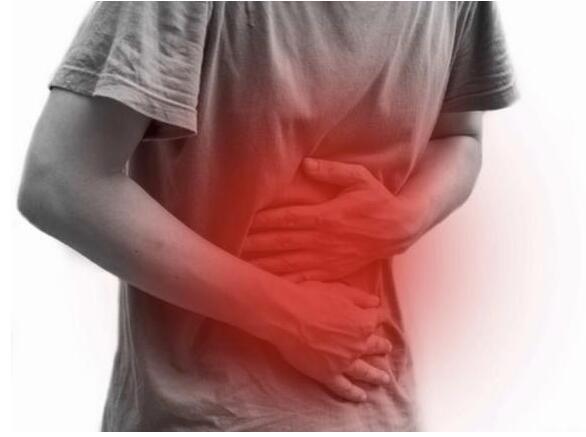Health Tips
Optimizing Your Basal Metabolic Rate for Effective Weight Loss
The journey to weight loss is one that many people embark upon with the desire to find a path that is both healthy and effective. A key element in achieving this goal may lie in understanding and adjusting one's basal metabolic rate (BMR).
Combating the Post-Vacation Blues: Understanding and Overcoming Holiday Syndrome
The phenomenon known as holiday syndrome is a psychological state that often occurs in the days or weeks following a vacation. This condition arises when individuals abruptly transition from a relaxed, carefree environment back to their regular lives, which are typically more structured and stressful. The body and mind struggle to adapt to this sudden shift, resulting in a myriad of discomforting symptoms.
Understanding Menstruation: The Cycle of Women’s Health
Menstruation, an integral part of the female physiological cycle, signifies the proper functioning of the female reproductive system. While it may bring about certain inconveniences, menstruation is also a vital component of women’s health.

What is Menstruation?
Menstruation is the process where the endometrium, influenced by hormones, sheds and leads to bleeding in a cyclical manner. Each month, a woman’s ovaries release an egg and produce estrogen and progesterone. These hormones stimulate the endometrial lining to thicken, preparing for a potential pregnancy. If no pregnancy occurs, hormone levels drop, leading to the shedding of the endometrial lining, which results in menstruation. read more
Understanding and Combatting Rectal Cancer: Risk Factors, Prevention, Diet, and Treatment Strategies
Rectal cancer, a malignant tumor that develops in the terminal part of the digestive system, specifically in the rectal region, is identified by the World Health Organization (WHO) as one of the most common forms of cancer globally and a leading cause of cancer-related deaths.
 read more
read more
Understanding Polycystic Kidney Disease (PKD): Causes, Symptoms, Diagnosis, Treatment, and Management
Polycystic kidney disease (PKD) is a hereditary renal disorder that occurs globally and typically manifests in early to mid-adulthood. The hallmark of PKD is the formation of multiple fluid-filled cysts within the kidneys, which grow over time, compromising renal structure and function.
Understanding Gastric Polyps: Symptoms, Causes, Diagnosis, Treatment, and Prevention
Gastric polyps are benign growths that can develop inside the lining of the stomach. These growths can occur singularly or in multiples and vary in size and shape. While the majority of gastric polyps pose no serious health concerns, there is a potential risk for them to evolve into cancer in certain cases.
Understanding Lung Nodules: Types, Causes, Screening, Treatment, and Prevention
Lung nodules are small, round or oval-shaped abnormalities within the lungs, typically less than 3 centimeters in diameter. Often discovered through X-rays, CT scans, or other imaging techniques, these nodules are not always indicative of malignancy, as many are benign.
Understanding and Managing Gingival Pain, Swelling, and Bleeding: A Comprehensive Guide
In the realm of oral health, gingival pain, swelling, and bleeding might seem like minor inconveniences, but they often serve as critical "warning signals" indicating underlying issues. Recognizing these signs is essential for preserving not just our smiles, but also our overall well-being.
Navigating High Cholesterol: A Guide to Dietary and Lifestyle Interventions
In the fast-paced world we inhabit, where convenience often trumps health, high cholesterol silently emerges as a formidable threat to our well-being. This condition, characterized by an abnormal elevation of lipid content in the blood, has become an insidious "invisible killer," predisposing individuals to cardiovascular diseases. As our lifestyles evolve with rising living standards and dietary shifts, so does our susceptibility to this health concern.
The Invisible “Vision Thief”: Understanding and Overcoming Cataracts
A cataract is the clouding of the eye's lens, which lies behind the iris. In its healthy state, the lens should be clear to help focus light onto the retina, creating sharp images. When a cataract develops, it obstructs the passage of light into the eye, causing blurred vision, dimness, or even total loss of sight.